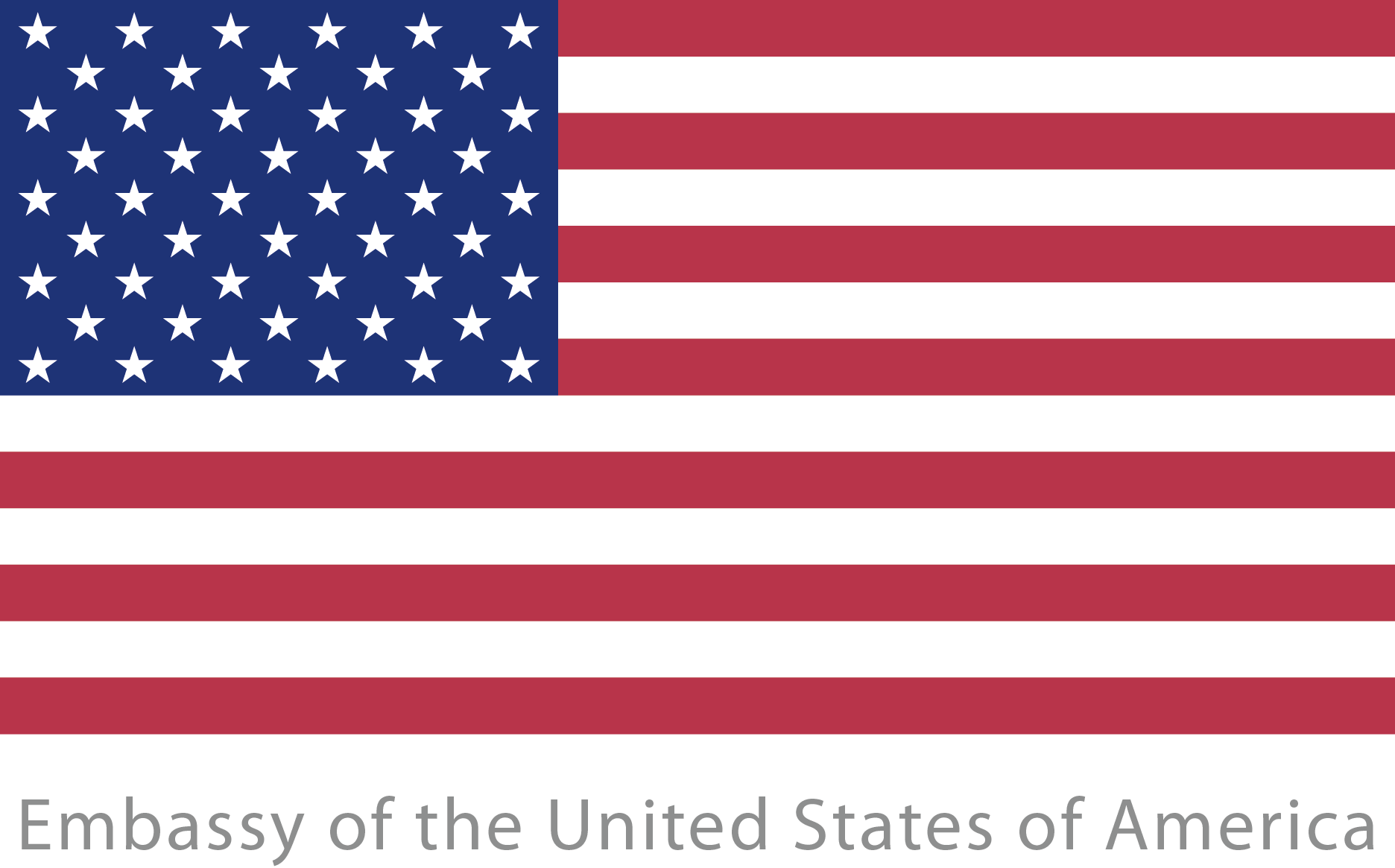Towards a Revitalized Transatlantic Security Community
The transatlantic community faces pressing security challenges but can rely on powerful institutions and relationships to promote shared security. The Biden administration has defined the goal of adapting and renewing its alliances to deal not only with military threats but also non-military threats. How should the United States and Europe ensure they will lead in innovation, and how can they develop their ability to counter economic coercion and technological vulnerabilities together? How will the European Union, NATO, and other transatlantic institutions have to adapt in order to contribute to modern transatlantic security? This webinar will shed light on the top priorities on the transatlantic security agenda and consider the specific actions that Germany, the United States, and European partners should undertake to meet these challenges.
Keynote Remarks by:
Michael Murphy, Deputy Assistant Secretary for European & Eurasian Affairs, U.S. Department of State
followed by a panel discussion with:
Andrea Kendall-Taylor, Senior Fellow and Director, Transatlantic Security Program, Center for a New American Security
Carlo Masala, Professor of International Politics, University of the Bundeswehr
Alice Pannier, Research Fellow, Head of Geopolitics of Technology Program, French Institute of International Relations (IFRI)
Moderated by: Jeff Rathke, President, American-German Institute
Event summary
Transatlantic institutions and security contributions
The new Biden administration has recommitted to engagement with allies, and Secretary Blinken stressed the importance of adapting our alliances to not only today’s strategic realities but also the threats and challenges of the future. NATO is a core aspect of the transatlantic connection and necessary for transatlantic security. To ensure that the alliance is prepared for the future, we must revise the NATO Strategic Concept to accurately reflect the current threat environment; rebuild capabilities, readiness, and forces to ensure NATO’s credibility; enhance NATO’s political consultation and cohesion; prioritize and reorient partnerships, which are NATO’s most useful tools for responding to and managing potential threats; enhance EU-NATO cooperation to avoid unnecessary duplication; strengthen allies’ resilience to hybrid threats; preserve NATO’s technological edge, and properly resource NATO. We must also ensure that NATO adheres to its democratic values.
NATO must be able to respond to emerging threats and do what is asked by political leadership. Partners should follow through on the Wales pledge and commit two percent of GDP to defense spending to ensure capability and force readiness. However, Germany is unlikely to meet the two percent goal by the target year 2024. The German defense budget is not expected to increase after 2022, and the two percent benchmark is highly unpopular among the public and most political parties (with the exception of the more transatlantic-friendly Christian Democrats). Because of the toxicity of the two percent conversation, German defense minister Annegret Kramp-Karrenbauer has tried to instead commit ten percent of capabilities to NATO, trying to reframe the German burden sharing question away from what has become a toxic debate. Germany’s French partners worry that a more Europe-friendly administration in the White House will take the pressure off Europe to build up its defense capabilities. Europe should keep its ambitions high and make sure it can build up its forces over the long term.
Technology
Enhancing technological edge is vital for the United States, NATO, and the European Union. Preserving a Western technological edge is both a NATO competency and a bilateral U.S.-EU competency. Transatlantic partners should determine how these competencies should be addressed in bilateral discussions — where duplication of competencies is unnecessary, where duplication would enhance defense capabilities, when technology should be a military issue, and when not. Partner organizations should leverage their strengths to build and regulate sustainable, secure technological infrastructure.
Countering Russian aggression
Russia remains the most immediate threat to collective security, and its security challenge to NATO is more serious than at any time since the end of the Cold War. Transatlantic partners should work together to identify tools that would make continued aggression more costly to President Putin — not only sanctions but also valued negotiations on arms control or Afghanistan. Transatlantic partners should clearly and privately articulate potential costs for continued threats. Partners should also focus on resilience. While changing behavior is not guaranteed, partners can invest in cyber infrastructure, election security, and countering disinformation in order to mitigate the effects of Russian hybrid threats.
Indo-Pacific strategy
The most fruitful ground for transatlantic cooperation to counter China’s geostrategic ambitions is on nonmilitary issues. The United States and European Union can work together to set standards for 5G, 6G, AI, biotechnology, investment screening, and international trade rules. While the U.S. and EU work together on these issues, we should concurrently build a common threat perception that can lay the groundwork for future military cooperation in the region. However, partners should be careful of militarizing relations with China, dividing the alliance by suggesting deployments to the region or embarking on missions with countries that do not have the capabilities to contribute.
Partnerships
The United States and NATO have great success when they invest in actively and strategically cultivating partners. While NATO is the cornerstone of the transatlantic partnership, approaching every issue through NATO could militarize issues or ignore other partnerships with better competencies. When it comes to both military threats, hybrid threats, or nonmilitary competencies that could have security implications, the United States should engage with Europe at every level, from individual member states to the Commission. Consensus building at the NATO and EU level can be challenging; the United States should also engage with smaller coalitions such as the P3 and G7 as stepping stones to broader collective agreement.
This webinar is supported by the United States diplomatic mission in Germany.







